Medical spectrometer with electro-optical circuit board
An electro-optical spectrometer has been miniaturized so that it can be used in the confined space of an intensive care unit. The device monitors vital signs in patients' brains. A combined circuit board for electrical and optical signals is used.
-
Initial situation
Space is tight in an intensive care unit. Correspondingly, the large rack-mounted electro-optical device that was originally used to monitor vital parameters in the brain of patients had to be miniaturized to the size of a hand sized box and had to comply to medical standards.
-
Solution SCS
Luciole Medical developed and distributes a complete brain monitoring platform that allows clinicians to monitor cerebral blood flow and oxygen metabolism across hospital settings.
Jointly with Luciole Medical SCS developed a miniaturized electro optical spectrometer named RheoControl. It contains four lasers, light wave guides, electrical detection circuits and an FPGA to control the device and communicate with the medical computer. -
Added value
The new spectrometer needs only a fraction of the space of the original unit.
Several units can be stacked to monitor life parameters at multiple sites in the brain. They synchronize to each other.
The new spectrometer complies to medical standards and is successfully introduced in hospitals since 2017.
Project insights
Traumatic brain injury is a major cause of death and lifelong disability worldwide and one of the leading causes for admission to neurological intensive care units (ICUs). Real-time bedside monitoring of vital brain parameters such as cerebral blood flow (CBF) and brain tissue oxygen saturation (SbtO2) allows medical staff to spot warning signs early and make informed therapy decisions, thus preventing patients form secondary brain injury.
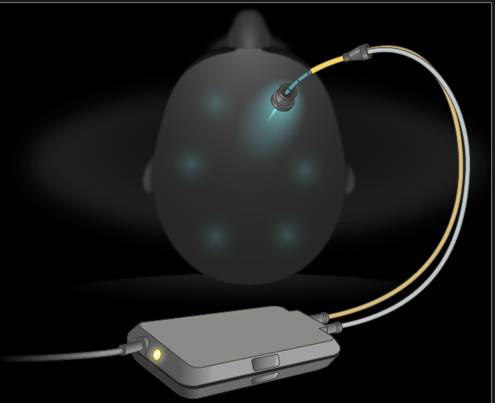
Luciole Medical developed a bedside neuromonitoring system that can reliably measure vital brain parameters. However, the unit was fit into a trolley the size of a standard rack. Much to large for an intensive care unit or an operating room. They wanted it to shrink to the size of a small box, the size of a hand.
The solution
Luciole Medical and SCS jointly with University Hospital Zürich, Universität Zürich, ETH Zürich have developed RheoControl: a miniaturized, laser-based neuromonitoring spectrometer. In principle, it measures the absorption of 4 infra-red laser sources by hemoglobin or by a brain-injected fluorescent dye. RheoControl is portable, CE-certified, and fully controlled via the USB Interface.
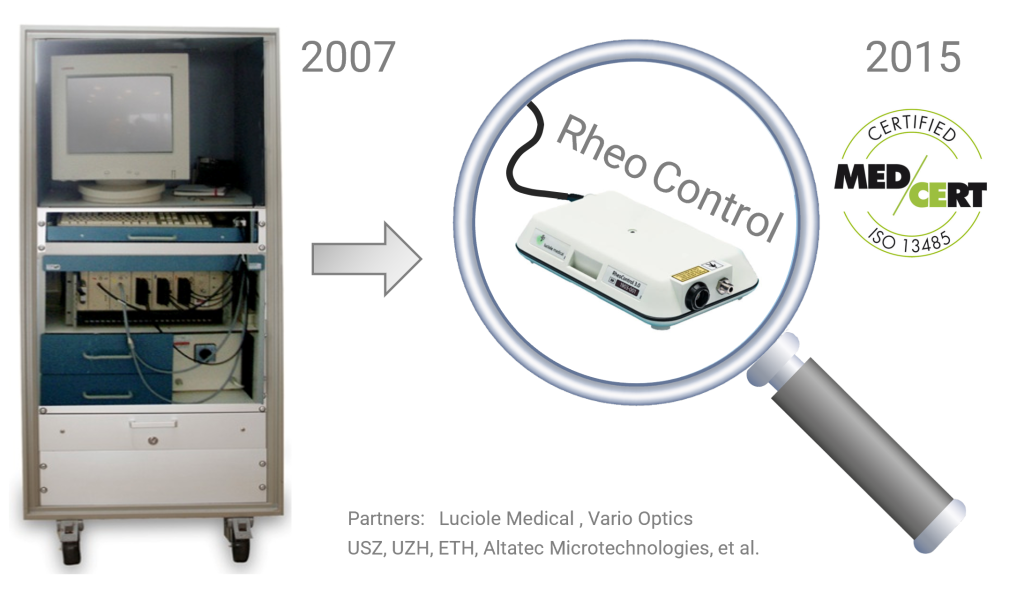
Key technologies
Miniaturization of the RheoControl unit was achieved via use of a waveguide technology. This allows to combine the light of 4 laser diodes in a precise and economized process., The fiber-coupled and combined output light can be connected to one of the two types of Luciole’s brain sensors.
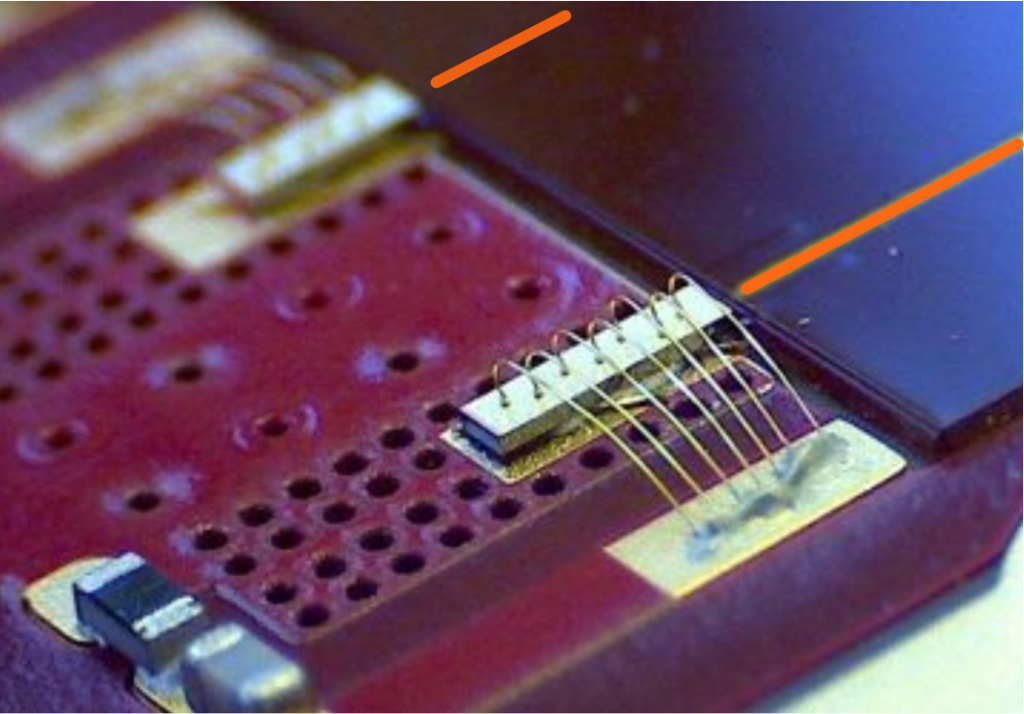
The main PCB board comprises an analog frontend stage, a field programmable gate array (FPGA) that controls the power and timing of the laser diodes and transmits the measured data to the medical computer via the USB interface. A separate laser safety circuit ensures eye safe operation of the RheoControl System.
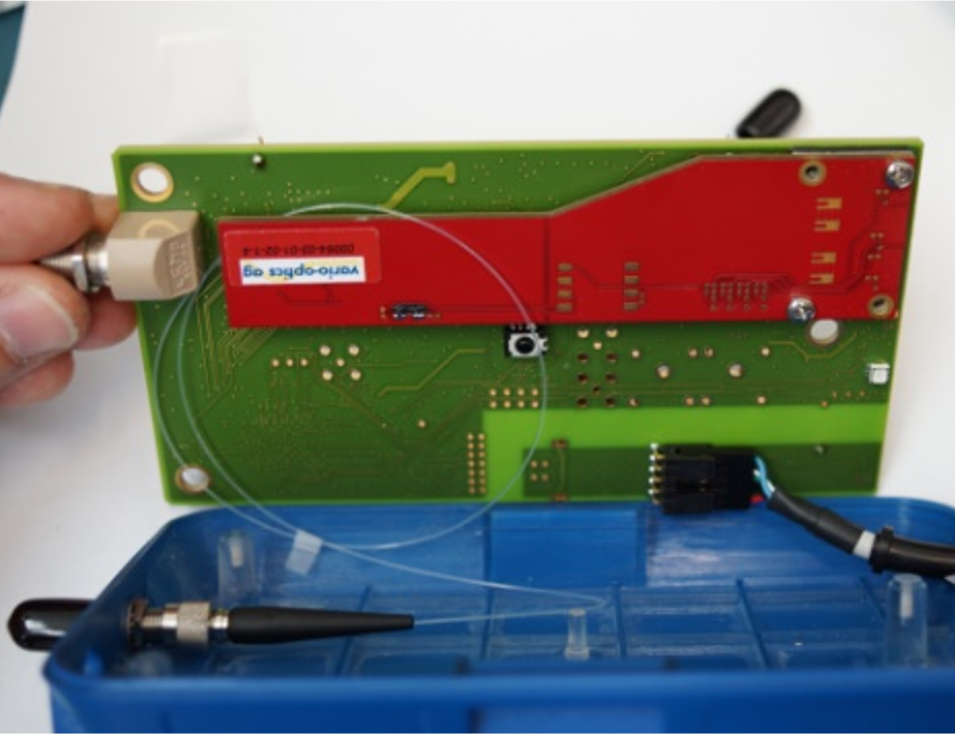
Medical development process
RheoControl is medical device class IIa. The major challenges are medical device compliance, laser safety (laser class 1M) and electrical patient protection (4kV). The major development steps encompassed design risk analysis, mitigation, and FMEDA.
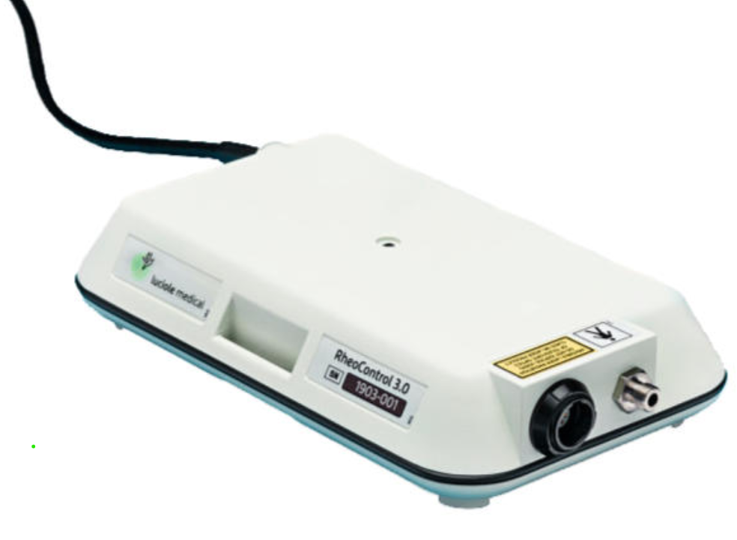
RheoControl supports on the one hand a minimal invasive probe, RheoSens, which measures intracranial pressure, brain temperature, cerebral oxygen metabolism and cerebral blood flow, and on the other hand a non-invasive patch, RheoPatch, which measures cerebral oxygen metabolism and cerebral blood flow.
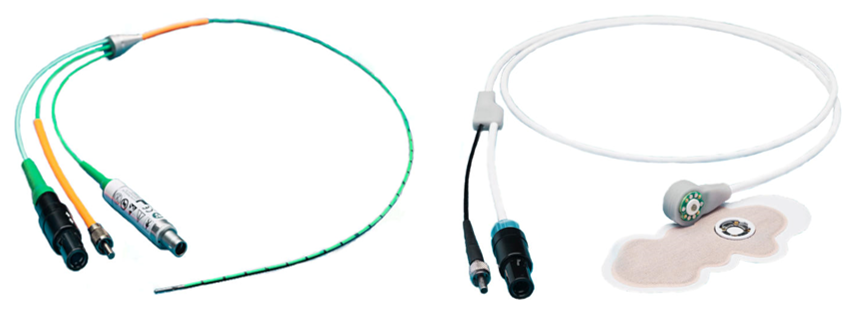
SCS contributed to the project with requirement engineering, system design, development of hardware, firmware/software, calibration tools, certification process and CE-compliant marking in production.
The spectrometer has been successfully used in hospitals since 2017.
